We are covering
a lot of distance in this trip as we selected the places to visit. On our drive to the national park this
morning the markets were extremely busy with a procession of people along the
road bringing goats, sheep and chickens to the markets. Remember it’s the last day before Easter
Sunday where they celebrate and break the fasting. The people can come from miles away and it appears
that most everyone walks. I can’t
believe that there a so many people walking without shoes on the rocks beside the
bitumen road. Ouch! We reach the biggest markets and our car
needs to navigate through a sea of people shopping for Sunday’s feast. They let us through when the driver toots the
horn.
The reason for
our drive is to visit the Simien Mountains National Park to see the Gelada
Baboon troops. So our drive so far is for
2 hours and we stop at the National Park HQ and pick up a park guide and a
scout (with a rifle) to protect tourists from any dangers then we drive another
hour to reach the point where the trek starts.
The jagged panorama of the Simien Mountains National Park is known for
its exclusive landscape, afro-alpine vegetation and unique wildlife; Gelada Baboon
troops and other animals but we won’t see them during the middle of the day. We trekked for about 2 hours on the edge of the
beautiful escarpment to view the green valley and we sat amongst
the Gelada Baboon families eating and grooming themselves. We were so close to them approx. 1 ½ metres
watching them and taking photos. Geoff
took some amazing photos and close ups.
There was a big fight amongst the baboons where Geoff was within 3
meters of them but the guide advised us that the baboons are vegetarians and
the humans are fine as the male baboons just fight amongst themselves to
establish hierarchy. WOW! How exciting
this is what I call this a David Attenborough moment.
This afternoon we visit DebreBerhan Selassie Church meaning
Trinity at the Mount of Light. It has rectangular structure and ceilings are
decorated with beautiful winged Ethiopian angels, and its walls with impressive
scenes depicting biblical events, including the life of Christ, Mary, and the
saints and martyrs. There is also a painting of the church’s founder, Emperor
Iyasu I. This church was built in the 18th
century and like the other churches on the islands the frescos were painted
onto cotton and then glued to the wall.
The colours of these frescos are not as vibrant as those ones we saw a
couple of days ago. The inside of the
church is still original as it has the mud and straw walls.

 Amhara, Ethiopia
Amhara, Ethiopia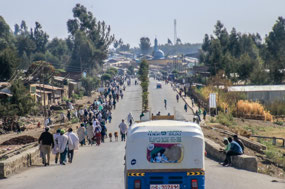
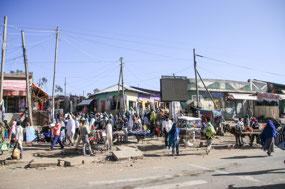


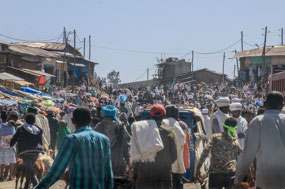
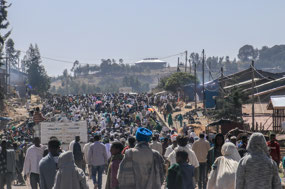
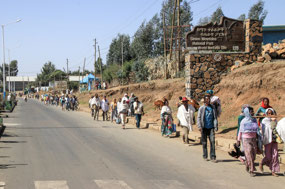
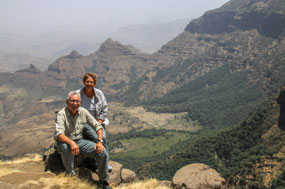
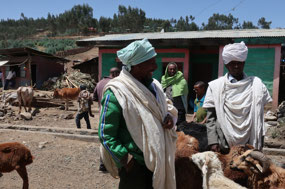
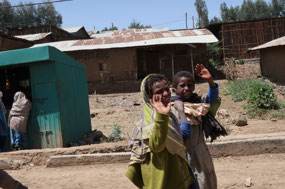
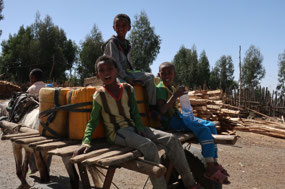
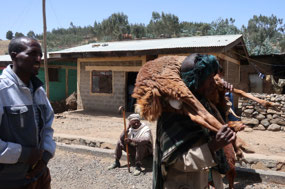
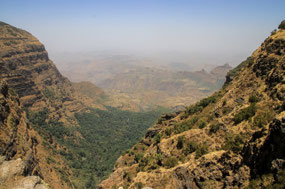
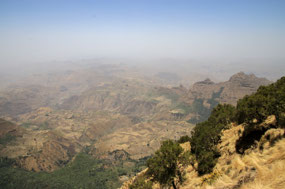
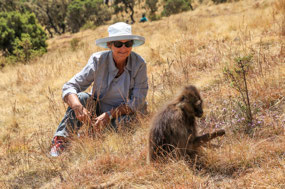
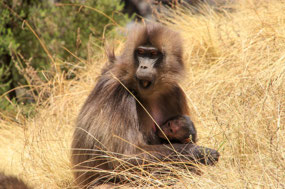
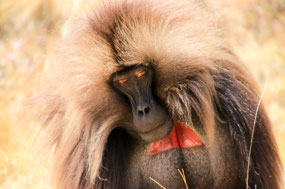

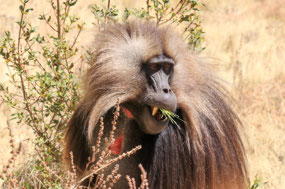
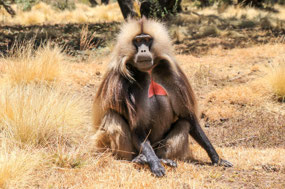
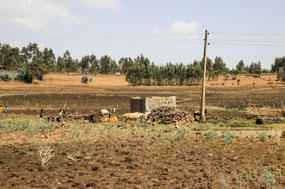
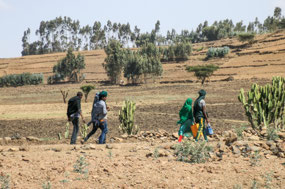
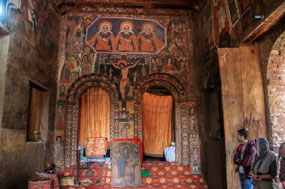
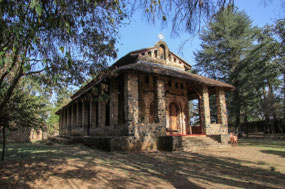
2025-05-22